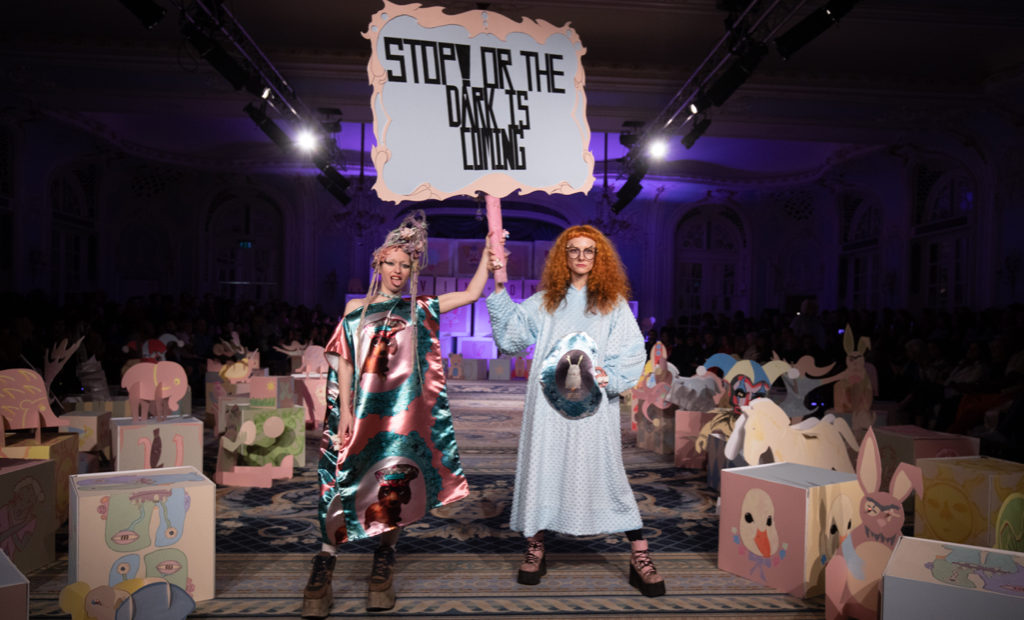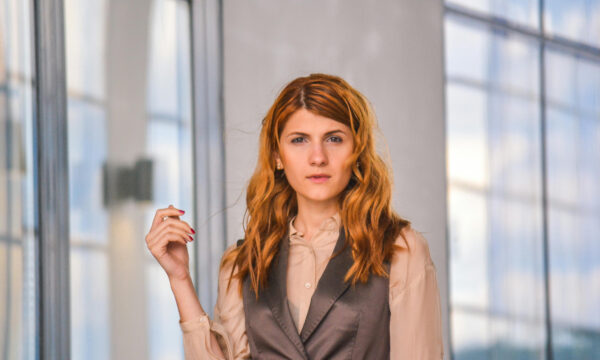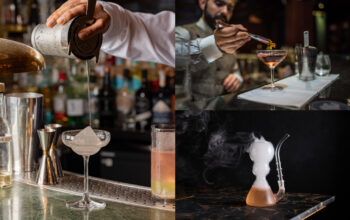Safety and health risks in the fashion and textile industry: Here’s how to protect workers

Data suggests that about 27 million workers in the fashion supply chains globally are suffering from work-related illnesses and diseases. But why is the fashion and textile industry so dangerous to work for?
The textile and fashion industry is often thought to be about glamour, trends and exquisite clothes. However, there is very little talk about the dark side of this industry. There have been some discussions over the industry’s overall impact on our environment. Yet, very few actually consider how the industry affects human workers sustaining it.
Working in the fashion industry is very different from what is shown in Hollywood movies like The Devil Wears Prada. Designers, supermodels and workers in the textile side of the industry all face certain health and safety risks that make their jobs a lot less entertaining than what others think they are.
This article explores the safety and health risks workers in the fashion and textile industry face.
Exposure to chemicals
Workers who produce the nice materials we then see on the runway as the trendiest clothes are at risk due to exposure to chemicals. That’s the case especially for workers engaged in activities like dyeing, printing and finishing textiles.
Part of the textile industry uses a number of chemicals based on benzidine, optical brighteners, solvents, fixatives, crease-resistance agents, flame retardants and many others. Exposure to all these chemicals is a real danger for workers as they directly inhale such toxic chemicals. As a result, workers exposed to chemicals used for manufacturing clothes are at risk of cancer, liver problems, toxic buildup in the body, tumors, allergies, and hormone disruption.
For example, studies have shown there can be a link between exposure to formaldehyde and nasal and lung cancer. A link between exposure to these chemicals and brain cancer and leukemia was also hypothesised . Besides that, another study from the USA found an association between the presence of cancer of the buccal cavity and pharynx and occupation in the textile field.
Injuries on the stage
The life of fashion models seems to be one filled with glamour and fanciness. From traveling around the world to meeting some of the industry’s most famous people, partying with celebrities and dining at top world’s restaurants, models seem to be living the dream.
Yet, little is talked about the real dangers of this job. One of these dangers is related to walking on the runway with the craziest shoes one has ever seen. Many supermodels have suffered injuries while on the stage due to the shoes they were wearing.
Trying to be as innovative and eccentric as possible, designers make fashion models wear some dangerous shoes with huge heels and weird shapes. For many models, wearing such shoes in fashion shows led to falling on the stage and suffering injuries from sprinkled ankles to knee injuries and even head injuries.
Exposure to noise
Exposure to noise is another real danger fashion and textile workers face. High levels of noise were observed in most facilities engaged in the textile industry. In the long run, exposure to high levels of noise is known to be a problem that leads to damage to the eardrum and causes hearing loss in the long run. Other safety and health risks associated with high noise levels include fatigue, annoyance, anxiety, reduction in efficiency, sleep disorders and even changes in pulse rate and blood pressure.
One of the reasons textile workers are exposed to such noise pollution is the lack of efficient machinery maintenance. This can be classified as the employer’s negligence that leads to injuries suffered by employees.
However, since the effects of noise pollution are rarely immediately visible and there is an absence of pain, the severe health effects it can have on workers are very often ignored by employers and employees alike.
Long-scarf syndrome
The fashion industry doesn’t just affect the workers. It can also affect its customers and followers. Over time, fashion trends have proven to be extremely dangerous for consumers, leading to the term “fashion victim. This term refers to those consumers who have followed fashion trends that have proven to be a real danger to their health and wellbeing. Long-scarf syndrome is one of these trends.
Starting in the 1970s, the long scarves used as a charming eccentric knitwear trend put the lives of many fashion followers in danger. The trend that started with Tom Baker as Doctor Who made mortals be in very risky situations and end up with severe facial lacerations and bruises after their long scarves wrapped around certain things.
Other dangerous fashion trends that led to severe injuries and even death of some people include foot binding, neck rings, black teeth, tapeworm diet, eyelash extensions using a needle and even flammable crinolines.
Mental health illnesses
Last but not least, mental health is also a significant issue in the fashion and textile industry, affecting pretty much everyone from designers to models to even the manufacturing workers who make textiles for the industry. The industry is filled with pressures to be innovative, look in a certain way, work as fast as possible and so on.
Over the past few years, many models and designers alike have talked to the media about the toxic part of their industry and how this has affected their mental health. Designers complain about feeling the pressure to overcome their fashion competitors with the latest and most notable fashion trends. Models have complained about having to look and behave in certain ways to be cast in runway shows from the most popular fashion brands. The average workers in the textile industries have not had a voice to complain about the pressure they feel to work fast and productive, even in poor conditions and environments. Yet, it’s clear that they too experience mental health issues as they are pressured to keep up with an industry that changes by the day and moves incredibly fast.
The editorial unit






















Facebook
Twitter
Instagram
YouTube
RSS